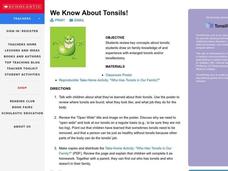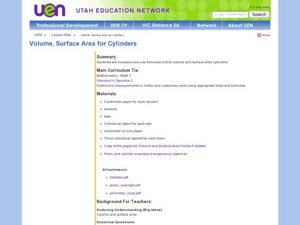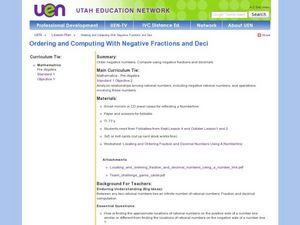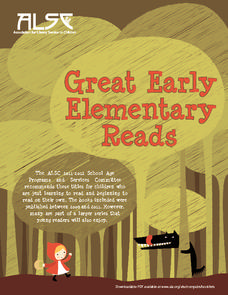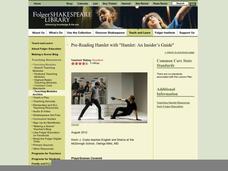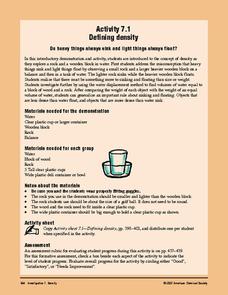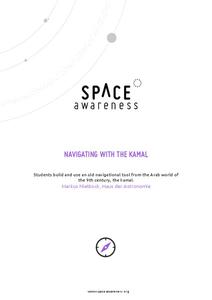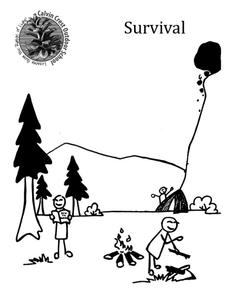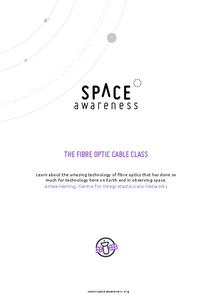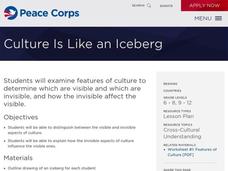Curated OER
From Bolls To Bolts
Students investigate the concept of cotton manufacturing. The skills of setting statements in chronological order is developed. They are shown pictures of products and place them in order. The lesson includes background information for...
Curated OER
Literature and Interactive Writing: "Plenty of Penguins"
Students listen to and discuss the story elements of the story "Plenty of Penguins." They discuss the elements of reality and fantasy, and as a class write two sentences on small dry erase boards in the form of a letter to the teacher...
Curated OER
We Know About Tonsils
Students engage in a lesson that is concerned with the use of tonsils in the human body. They brainstorm in small groups to review the location and purpose of having tonsils. The teacher uses a poster to help students in the class...
Curated OER
The Bill Of Rights And The News
Students investigate the concepts related to the Bill Of Rights. They conduct research using a variety of resources and focus upon the human rights provided in the legislation. Students read a news article and reflect the upon the...
Curated OER
Basic Geometry Ideas and Angle Measurement
Seventh graders explore the concept of basic geometry. In this basic geometry instructional activity, 7th graders identify the correct picture for a given vocabulary word such as midpoint, line, ray, or parallel lines. Students discuss...
Curated OER
Factors, Divisibility, and Relatively Prime
Seventh graders explore the concept of divisibility. In this divisibility lesson, 7th graders use divisibility rules to find factors of numbers. Students create foldables to illustrate divisibility rules.
Curated OER
Volume, Surface Area for Cylinders
Seventh graders explore the concept of volume and surface area of cylinders. In this volume and surface area of cylinders lesson, 7th graders break cylinders into their base shapes of a circle and a rectangle. Students discover that...
Curated OER
Ordering and Computing with Negative Fractions and Decimals
Seventh graders explore the concept of computing negative fractions and decimals. In this negative fractions and decimals lesson, 7th graders compare ordering positive fractions to ordering negative fractions. Students use mirrors to see...
PBS
Population Simulation with M&M's
Math and M&Ms® go great together when introducing a modeling activity. Allow your learners to simulate population growth and decay of fish in a pond and share their reasoning for the change in fish. With such an impact we have on our...
American Library Association
Great Early Elementary Reads
Here is an excellent reference list of over 60 recommended book titles for early readers, each of which includes the author, title, number of pages, and brief summary.
Curated OER
Dancing Opposites (Size)
Students create movements that illustrate opposites. In this opposites activity, students discuss what opposites do for writing and relate to dance. Students make movements based on their opposites.
Curated OER
Sorting and Classifying Concrete Objects by Varying Attributes
First graders examine how to sort concrete objects by their attributes. In this sorting lesson, 1st graders listen to Gray Rabbit's Odd One Out by Alan Baker, and discuss the actions of the main character. They practice sorting objects...
Folger Shakespeare Library
Pre-Reading Hamlet with "Hamlet: An Insider’s Guide"
Prove that Gertrude did kill Ophelia from practicing the word inflections activities with these pre-reading strategies for Hamlet. Thespians practice the line, “Is that your sandwich?” as they stress and accent different words, and...
American Chemical Society
Defining Density
Three simple activities kick off a unit investigation of density. Your physical scientists make observations on the volume and mass of wood, water, and rocks, and make comparisons. Though this is written for grades three through eight,...
Space Awareness
Navigating with the Kamal
Historians have proven that as early as 1497 skilled navigators were using a kamal to sail across oceans. Scholars learn about navigation tools and astronomy before building their own kamals. They then learn how to use it to determine...
Calvin Crest Outdoor School
Survival
Equip young campers with important survival knowledge with a set of engaging lessons. Teammates work together to complete three outdoor activities, which include building a shelter, starting a campfire, and finding directions in the...
Outdoor Learning Center
Outdoor Survival
Which of the following can you survive without for the longest time: water, food, or a positive mental attitude? The answer may surprise you. Guide learners of all ages through games, activities, and discussions about surviving in the...
Curated OER
Do the Tallywalker
Students study the basics of mapmaking, then make a tally walker, (geographic location device used in secret).
NOAA
Graphing Temperatures
Battle of the hemispheres? In the fourth installment of a five-part series, young oceanographers use the NOAA website to collect temperature data from drifters (buoys), one in the Northern Hemisphere and one in the Southern Hemisphere....
Curated OER
Industrialization, Chemicals and Human Health - Math
Students review the units of the metric system, and practice estimating measures before actually converting between the two systems of measurement. They participate in activities to visualize a concentration of one part per million....
Space Awareness
The Fibre Optic Cable Class
Many people know that fiber optics are used in delivering the Internet, but are surprised to learn they are also used in astronomy. Scholars explore light, reflection, and fiber optics through hands-on activities. They discuss...
Council for Economic Education
I'll Trade You a Bag of Chips, Two Cookies, and $60,000 for Your Tuna Fish Sandwich
If you are looking for a great lesson plan on supply, demand, market price, demand curves, and data analysis look no further. With glossary definitions, activities, and web lined resources this lesson plan is a winner.
Curated OER
Culture is Like An Iceberg
Young scholars examine the different features of culture. They determine which features are visible and invisible. They describe how the two types affect each other.




